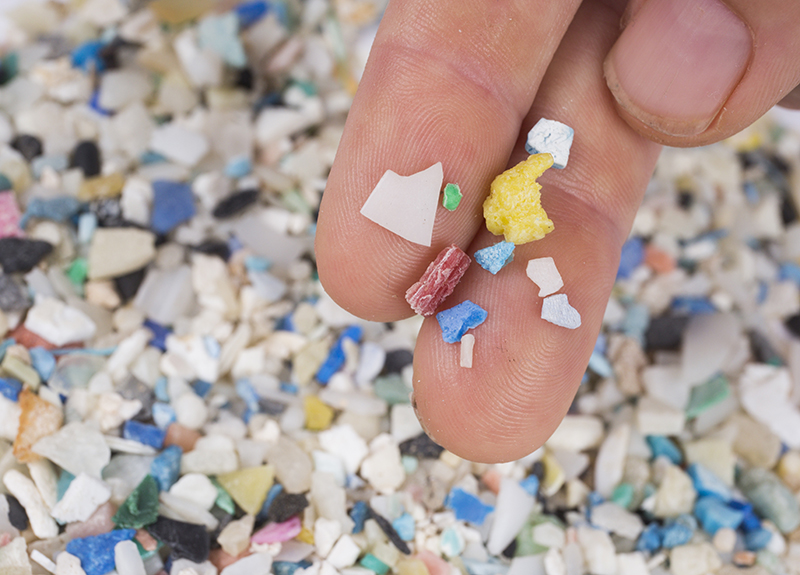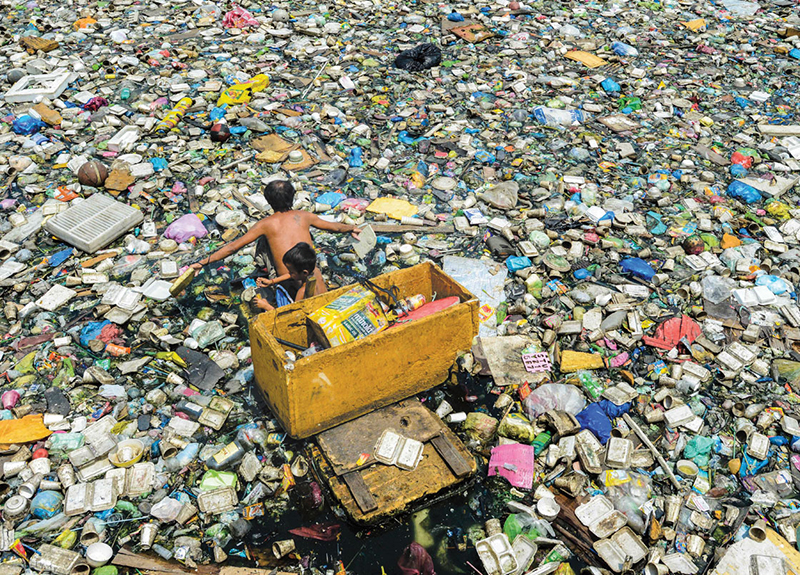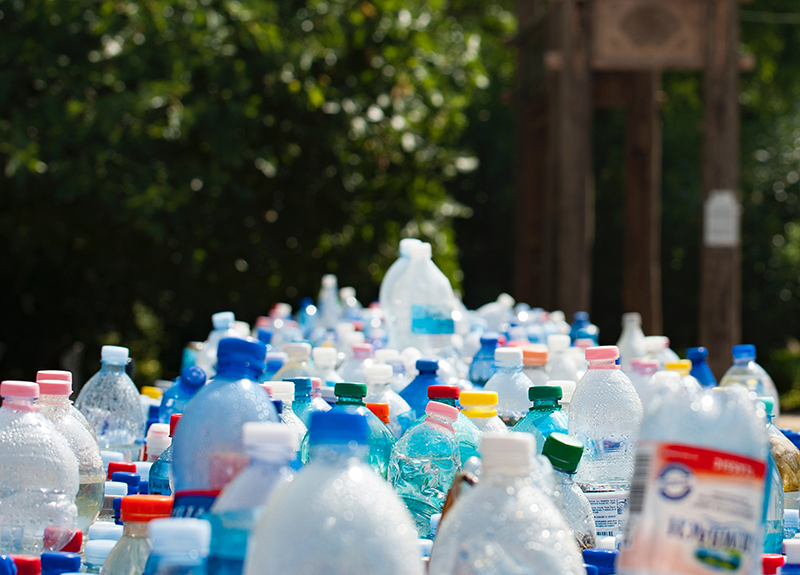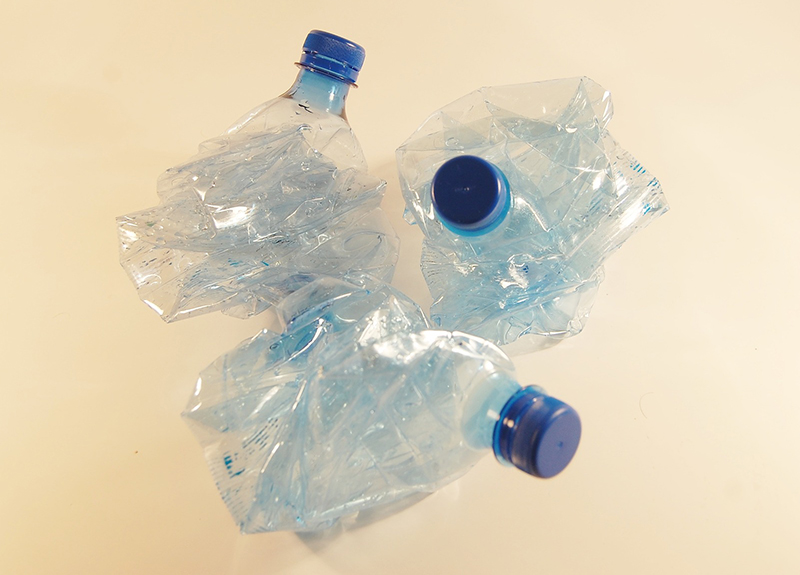Aaron Packman knows a lot about water. From fluid flow to sediment dynamics and even microbial processes, his research is highly collaborative. Given his expertise, it perhaps should come as no surprise that Packman is the director of Northwestern University’s Center for Water Research in addition to his role as a professor of civil and environmental engineering at the University. He is also a collaborator at the Institute for Sustainability and Energy at Northwestern’s (ISEN) Program on Plastics, Ecosystems, and Public Health.
The program is ISEN’s latest initiative, and it aims to not just address the challenges related to the global use and accumulation of plastics, but to deliver scalable solutions. Taking a multidisciplinary approach to plastics, the program focuses on three intersecting research areas: materials and product innovation; air, land and water ecosystem dynamics; and public health impacts. Packman’s research centers primarily around plastics in freshwater ecosystems.
"There has been a lot of attention on those big, massive piles of plastics in the ocean, but microplastics are not as clear." — Aaron Packman, professor of civil and environmental engineering
While Packman’s research for the past 25 years has focused on developing experimental methods and models to observe fine particle dynamics in waterways, such as contaminated sediments, he is now using that knowledge to tackle a new threat to water—microplastics. Microplastics are small plastic pieces less than five millimeters, which are either released directly into the environment—such as synthetic fibers—or created by larger plastic debris breaking down over time.
“You are going to start seeing these particles everywhere,” he said. “There has been a lot of attention on those big, massive piles of plastics in the ocean, but microplastics are not as clear. We know animals and marine life eat them and they get everywhere, but no one really knows the true impact.”
Since microplastics comprise a large portion of the challenge associated with plastic pollution, it is vital to determine where they are located and how they impact ecosystems. To help address this gap in knowledge, Packman is observing how microplastics move through waterways, where and how they are retained in these systems, and their ecological effects. But this is no easy task. Unlike most natural particles, microplastics come in a wide variety of shapes, sizes, and compositions, making them extremely difficult to track.
Packman’s latest research examines the storage of carbon and microplastics in rivers through processes including hyporheic exchange—the mixing of surface water into the riverbed.
His paper with Ben-Gurion University Israel and the Desert Research Institute in Nevada, “Bedform segregation and locking increase storage of natural and synthetic particles in rivers,” was published in Natural Communications December 2021. The research results show that feedback processes between particle deposition, hyporheic exchange, and bedform motion—sand dunes moving along the riverbed—increase particle retention and burial in rivers. These findings suggest a need for further assessments to improve understandings of how carbon and microplastic particles cycle through terrestrial, freshwater, and marine systems.
Packman’s study published in January 2022 in Science Advances, titled “Microplastic accumulation in riverbed sediment via hyporheic exchange from headwaters to mainstems,” was part of a collaboration with researchers from Northwestern, Loyola University in Chicago, and the University of Birmingham, England. The study found that hyporheic exchange traps microplastic particles that would otherwise be expected to float and that these particles deposit near river sources, suggesting that microplastics from urban wastewater take a long time to be transported downstream to oceans. This suggests that microplastic accumulation in riverbed sediment may be a significant contributor to pollution and should therefore be included in global ecological assessments of microplastic impacts. This is considered the first assessment of microplastic accumulation and residence times within freshwater systems from inland cities.
Updated on January 21, 2022.
Image credit: Florida Sea Grant







